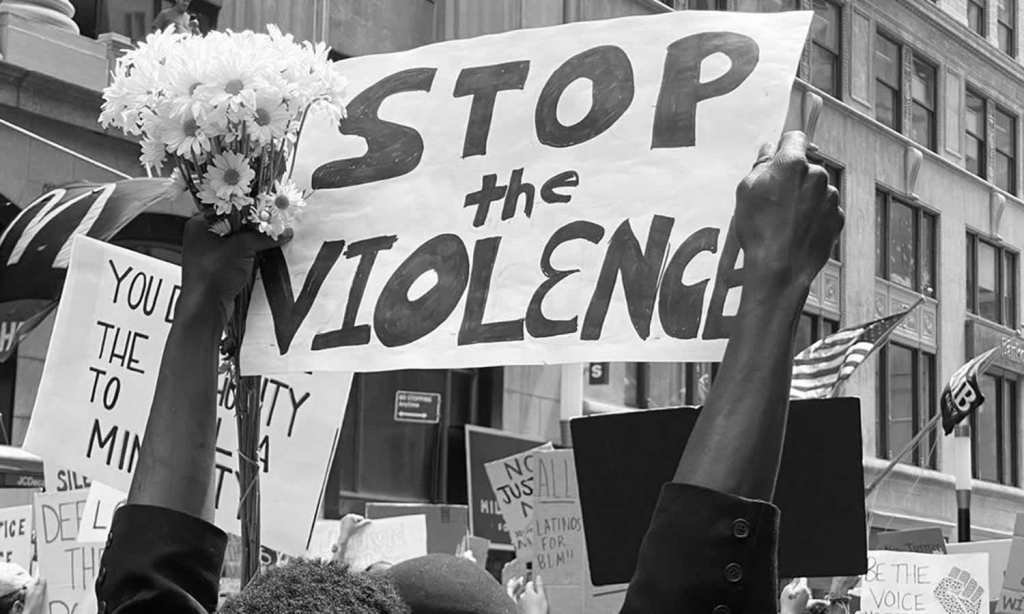Devastating current affairs have sparked Black Lives Matter protests around the world, and naturally, those on the right side of history want to attend and show their support for the movement — and of course, they should.
Attending protests and showing up to make your voice heard alongside that of a crowd is one of the single most effective ways for white allies to show support for marginalised communities and help encourage systematic change, as outlined in this article on ways to support the Black and Indigenous communities now and furthermore.
But given the current COVID pandemic, which despite eased restrictions, has not yet ended completely, we must be diligent in our attendance to keep ourselves and our cities safe.
Gathering in public areas certainly makes it more challenging to adhere to social distancing measures, and while it’s still recommended you keep at least 1.5m between yourself and the next person, it’s likely these invisible lines could be compromised in a crowd.
Knowing this now is important ahead of any gatherings to ensure you and other attendees are protected from COVID-19 in as many ways as possible. Below, we’ve compiled some tips and advice with the help of Dr Michelle Groves to staying safe during upcoming protests.
Bring and wear protection
Groves says that while social distancing is important to helping us stay safe and well, she acknowledges that it could become difficult. As such, she advises wearing a mask if you have one.
“The advice to wear masks has been hotly debated in Australia but wearing a mask may help to reduce the risk of spread when in large crowds,” she says.
“Hand washing or using hand sanitiser is important, so try to take some with you. Also, avoid touching your face.”
Do not come if you’re under the weather
If you feel even the slightest bit ill or under the weather, please stay home, and certainly do not attend the protests. By doing so, you risk the wellbeing of others.
“If someone is already sick with even mild respiratory symptoms, like a cough, fever, or sore throat, they should avoid attending,” says Dr Michelle Groves.
Download the COVIDSafe app
Please take the time prior to attending any protests to download the COVIDSafe app.
“The COVIDSafe app has been strongly recommended by the federal government and this will help contact tracing in crowded places where it may not be apparent where the source originated.”
Avoid public transport if possible
“Public transport can be a source of crowded environments and is best avoided,” says Groves. If it’s possible for you to walk in or ride your bike into the protests, then please do so.
If unavoidable for you, consider how you may stagger your journey to the meeting point or home with other attendees.
Wash your clothes when you arrive home
While Groves says this measure is not essential, it could be worth changing into a clean pair of clothes upon your arrival home and washing them according to best practice as outlined in our guide to doing laundry in the time of COVID-19.
If you’re uncomfortable attending in person…
Groves advises against certain people attending for their own safety. She urges “people over the age of 70, anyone with a chronic disease and those with compromised immune systems” to really think twice before heading out to join the rallies.
But, there are some who just may not feel comfortable attending mass gatherings for other reasons, and that’s OK too. There are other ways to show your support safely from a distance. Join a live-stream of the event, donate to an Indigenous organisation or cause, or continue to ‘do the work’ and educate yourself on Australia’s racial history.
Read more stories from TheLatch— and follow us on Facebook.

